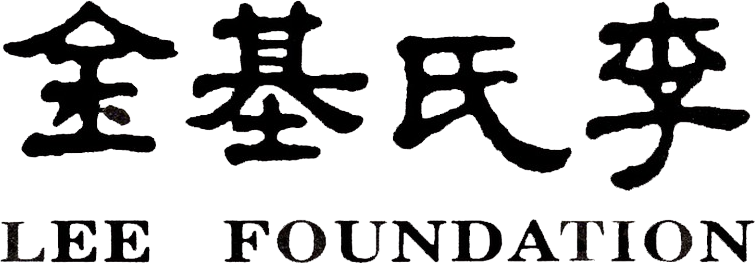By Aravinth KumarasamyAnjasa means “path” in Pali, and this production has led me and the artistes along a memorable journey, understanding, admiring and appreciating the spirit of Asians in their pursuit in search for peace and enlightenment. The “path” to the making of Añjasa has been very fulfilling,” says, Aravinth Kumarasamy, Artistic Director. This production has taken Apsaras Arts Dance company along a journey to various venues and festival in Asia and Europe, and this July we are delighted to bring it live on the digital SISTIC live platform. Añjasa is a continuation of the vision of the earlier dance production Nirmanika – The Beauty of Architecture ( which premiered in 2010) which has been on many international tours. Following the success of Nirmanika, Añjasa, has been conceived as a sequel. Exploring and researching the beauty of Asian Buddhist monuments and Buddhist architecture has been an enriching experience, reliving my childhood days in Sri Lanka. Bharatanatyam as a dance form relies heavily on the iconography and the narratives of Hinduism. Conceiving and choreographing Añjasa, a Buddhist theme in the language of Bharatanatyam has been an interesting experience. The concept Anjasa consists of 10 beautiful elements
- The journey leads the audience along ONE path to experience the wonders.
- The narrative includes the contributions of TWO great rulers who are responsible for the spread of Buddhism across Asia.
- In creating the visual experience, Añjasa combines THREE elements to create the imagery – Choreography, Iconography and Costuming.
- The dance enacts the miracles at the Shwedagon Pagoda where FOUR incarnations of Buddhas have blessed this sacred place
- The audience experience the FIVE disciplines (Pancha Seela) preached by the Buddha
- Musically, the orchestra for Añjasa consists of SIX different instruments – Violin, Flute, Mridangam, Er Hu, Yang Ching and Guzheng.
- The choreography depicts the miracle that unfolded when baby prince Siddharta took SEVEN steps upon his birth.
- Anjasa brings the audience to EIGHT famous Buddhist monuments of Asia
- Emotionally, Añjasa incorporates all the NINE sentiments (nava rasas) in the choreography as detailed in the Natya Shastra.
- Aesthetically, the costume design of Añjasa consist of TEN different types of head gears to denote the various characters portrayed by the dancers.
Anjasa means “path” in Pali, and this production has led me and the artistes along a memorable journey, understanding, admiring and appreciating the spirit of Asians in their pursuit in search for peace and enlightenment. The “path” to the making of Añjasa has been very fulfilling. Anjasa has taken Apsaras Arts Dance company along a journey to various venues and festival in Asia and Europe, and this time has brought the production to digital presentation
We are delighted to announce the launch of the upcoming digital live showcase of this acclaimed 2015 production where the audience will journey through Bharatanatyam expressions and movements that depict monuments including Mahadevi Temple in Nepal, Bodhgaya Mahabodhi Temple and Sanchi Stupa in India, Vattadage in Sri Lanka, Shwedagon Pagoda in Myanmar, Bayon in Cambodia, Borobudur in Indonesia and Wat Pho in Thailand.This thematic dance presentation will also cover the influence and impact of Buddhist emperors, Asoka and Jayavarman VII who were iconic in the spread of Buddhism throughout Asia.I am reminded of one of Buddha’s sayings – “It is better to travel well, than to arrive”. I sincerely hope that you will enjoy this journey across Asia admiring the wonders of Buddhist monuments through dance and music in Añjasa.









